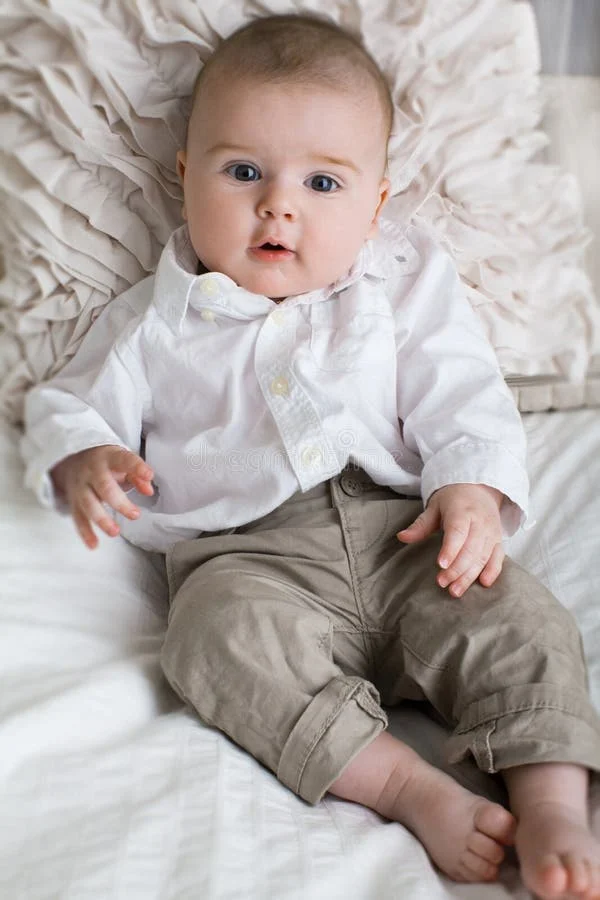As a child in the early ’90s, I longed for an Easy-Bake Oven. All my friends seemed to have one, or so I told my parents. I imagined all the delightful treats I could create, even dreaming of setting up a little bakery to earn some extra cash. When Christmas finally arrived, there it was—the toy appliance of my dreams, complete with fun accessories! But in just a few days, it produced a series of unfortunate, muffin-like disasters and left me with a nasty burn on my finger. Soon enough, it was tucked away in the closet, and I was off chasing the next big toy craze.
While I can reminisce about a few cherished toys from my childhood (I still hold onto my beloved stuffed rabbit, whom I named Benny), the most vivid memories are of imaginative games played in my brothers’ bunk bed. With a few blankets draped over the top bunk, we crafted countless adventures, from launching into space to embarking on cross-country truck journeys. We spent ample time outdoors, racing our bikes through the woods and enjoying summers fishing and berry-picking with my grandparents. Their home had no toys, yet it was my favorite place in the world.
Now, as a parent, I find myself in a similar predicament. My daughter, Mia, is nearly three and has somehow gathered an overwhelming stash of stuffed animals and plastic trinkets. While it’s easy to blame well-meaning relatives for the onslaught of toys, I admit I’m guilty too. I see something cute and think, “Mia would love that! I should get it!” Just like most kids, she often ignores the new toys or plays with them briefly before returning to her all-time favorites.
Even before Halloween, people were asking about Mia’s Christmas wish list. Let’s be real—she’s two! Her greatest joys include wearing my flip-flops around the house and trying to ride our dog. Toys? Not on her radar. She finds joy in reading, coloring, and running wild—activities that don’t require any toys. What she truly needs is my time and attention, the space to explore, and perhaps a bit of guidance, but definitely not more stuff.
So this Christmas, I’m embarking on a new family tradition. Instead of purchasing toys, I’ll be getting her a book and some craft supplies. Together, we’ll indulge in reading and creating. I plan to take her to choose a toy for a child in need, and together we will deliver it to a local toy drive. I also intend to make a donation to a charity, discussing its significance with her. I want her to experience the holidays as they should be: a time for gratitude, generosity, family connection, and enjoying the simple pleasures of life. When the inevitable flood of gifts from relatives arrives—who may never understand my “radical” views—we’ll sort through what to keep and what to donate, reinforcing the message that we don’t need so much.
Throughout her life, Mia (and your child too) will be bombarded with the notion that Christmas revolves around her: “What do you want for Christmas?” “Have you made your wish list?” “What is Santa bringing you?” My goal is for her to learn to challenge these ideas and the materialistic culture that often overshadows the true spirit of the season. I want her to be critical of advertisements and question consumerism, even when it’s presented as tradition. After all, tradition can often uphold the status quo. I want my daughter to understand that sometimes, going against the grain is not only acceptable but commendable. And personally, I’d love to walk through my home without tripping over an array of colorful plastic clutter.
For more insights on parenting and thoughtful gift-giving, check out this blog post. Remember, the holidays are about more than just material gifts; they’re an opportunity to nurture values that last a lifetime. If you’re interested in exploring family-building options, this resource is invaluable. And for those considering at-home options, this reputable retailer offers various insemination kits.
In summary, the holiday season can be a meaningful time for reflection, generosity, and connection without the need for excessive toys. Let’s focus on what truly matters: our relationships and experiences.

Leave a Reply